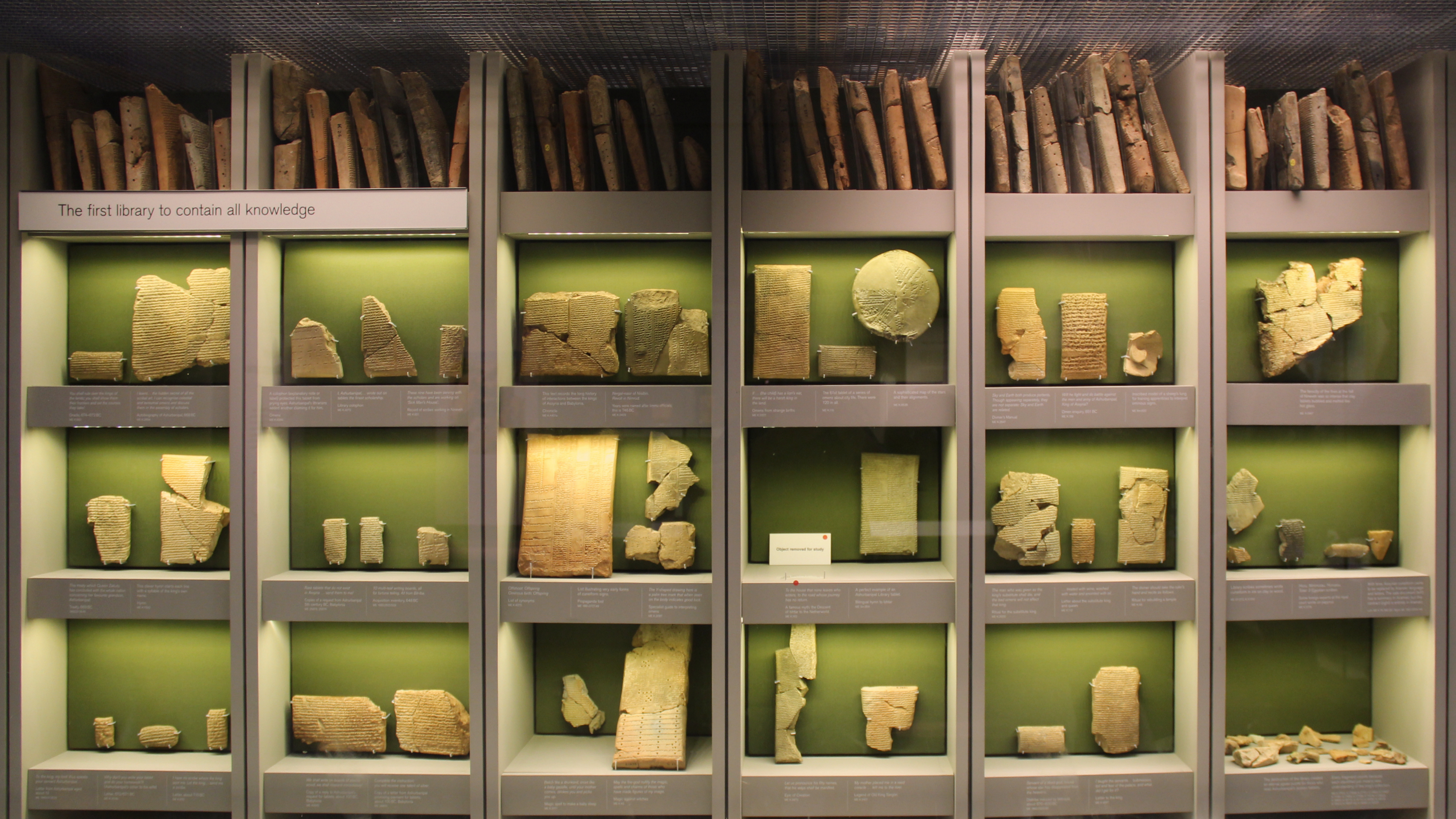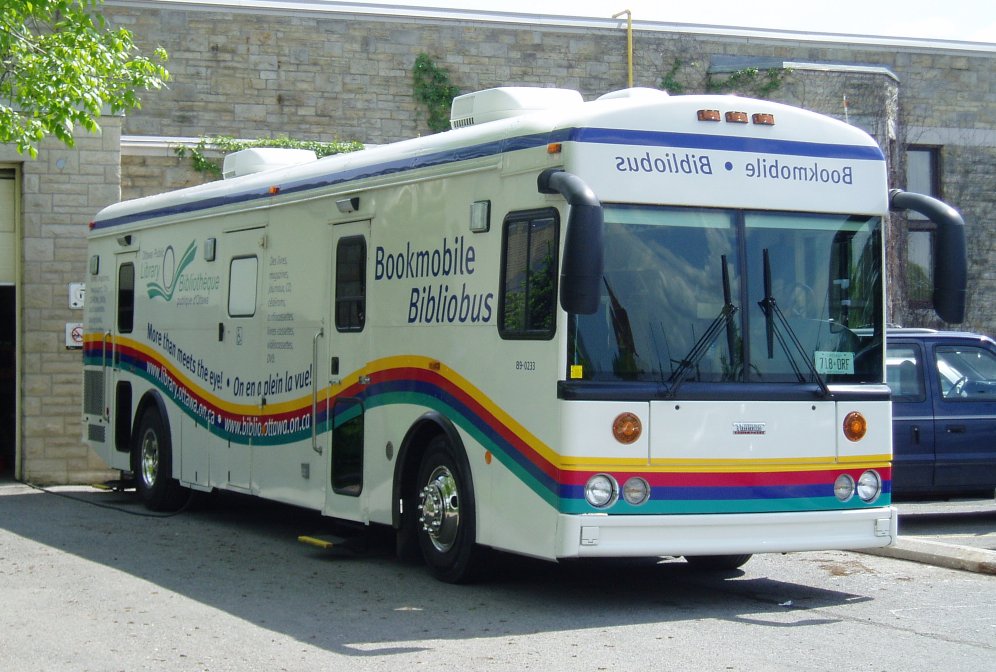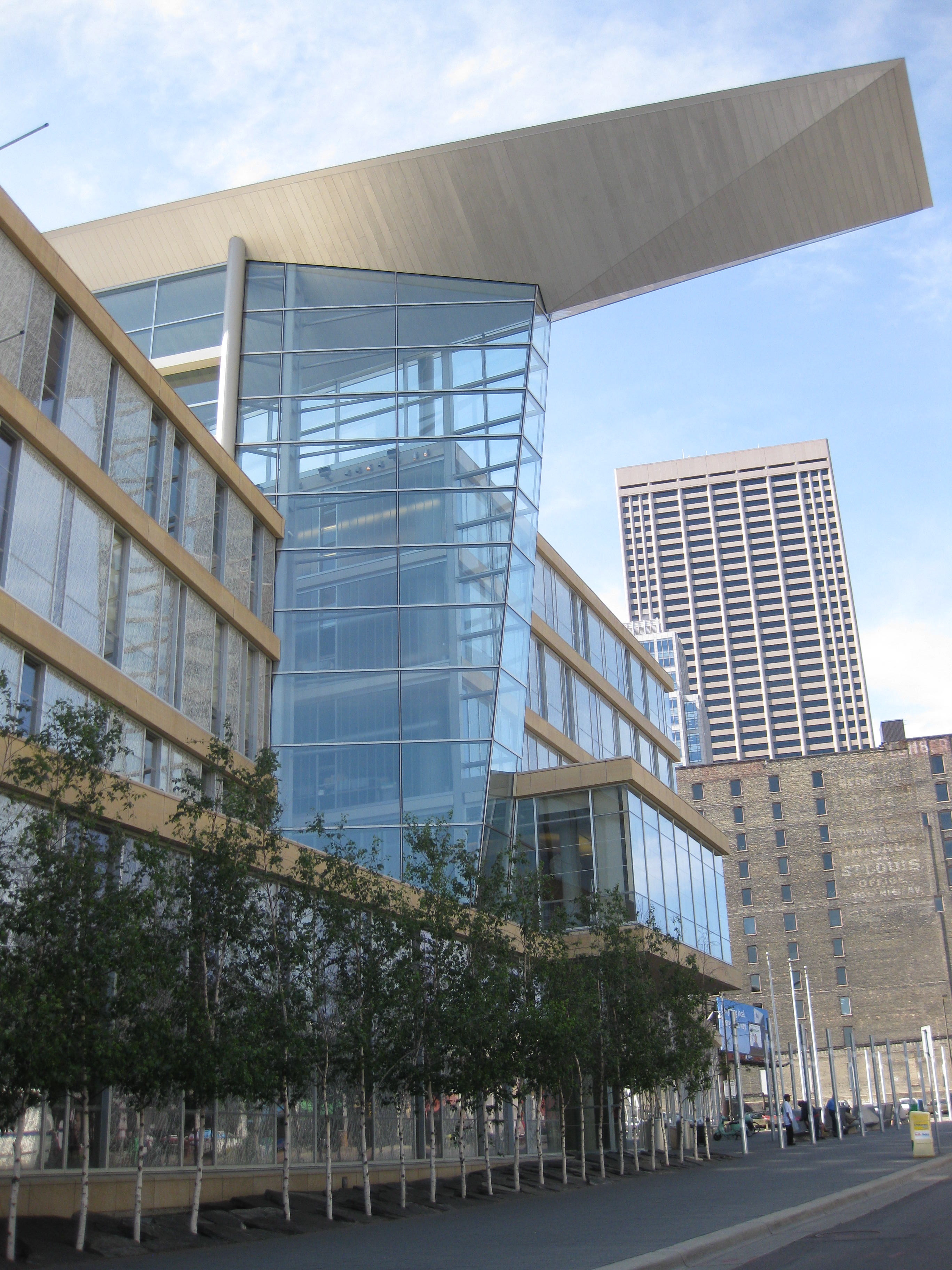|
Washburn Library
Washburn Library, formerly Washburn Community Library, is a public library in the Hennepin County Library system. Opened in September 1970, Washburn Library, located at 5244 Lyndale Avenue South in Minneapolis, began with a footprint of and approximately 18,000 books. Designed by Brooks Cavin, an architect who studied under Walter Gropius and Eero Saarinen, Washburn reflected mid-century modernism. Set near Minnehaha Creek, Washburn meets the needs of Southwest, Minneapolis, Southwest Minneapolis in a picturesque neighborhood. Patron traffic quickly rose and broke all records: to meet demand, library staff requested other branches to share their materials. Phonograph albums and children's books were particularly popular. In the first year of service, Washburn circulated 273,000 books, higher than any other Minneapolis Public Library (MPL) branch at the time. Named for William D. Washburn, who was a founder of Washburn-Crosby Milling Company, and a United States Senator, Wa ... [...More Info...] [...Related Items...] OR: [Wikipedia] [Google] [Baidu] |
Library
A library is a collection of Book, books, and possibly other Document, materials and Media (communication), media, that is accessible for use by its members and members of allied institutions. Libraries provide physical (hard copies) or electronic media, digital (soft copies) materials, and may be a physical location, a virtual space, or both. A library's collection normally includes printed materials which may be borrowed, and usually also includes a reference section of publications which may only be utilized inside the premises. Resources such as commercial releases of films, television programmes, other video recordings, radio, music and audio recordings may be available in many formats. These include DVDs, Blu-rays, CDs, Cassette tape, cassettes, or other applicable formats such as microform. They may also provide access to information, music or other content held on bibliographic databases. In addition, some libraries offer Library makerspace, creation stations for wiktionar ... [...More Info...] [...Related Items...] OR: [Wikipedia] [Google] [Baidu] |
Minneapolis Public Library
The Minneapolis Public Library (MPL) was a library system that served the residents of Minneapolis, Minnesota, United States. It was founded in 1885 with the establishment of the Minneapolis Library Board by an amendment to the Minneapolis City Charter. Lumber baron and philanthropist T. B. Walker and other city leaders such as Thomas Lowry were members of the first library board. In 2008, after some financial difficulties, the library was merged into the Hennepin County Library system. At the time of its merger, the library included Central Library in downtown Minneapolis and 14 branch libraries. Its collection numbered about 3.1 million items with about 2.2 million of these housed in the central library. Central Library The predecessor of Minneapolis's public library was a private library called the Minneapolis Athenæum. It was organized by Minneapolis businessmen in 1859 as a subscription library, [...More Info...] [...Related Items...] OR: [Wikipedia] [Google] [Baidu] |
Library Buildings Completed In 1970
A library is a collection of books, and possibly other materials and media, that is accessible for use by its members and members of allied institutions. Libraries provide physical (hard copies) or digital (soft copies) materials, and may be a physical location, a virtual space, or both. A library's collection normally includes printed materials which may be borrowed, and usually also includes a reference section of publications which may only be utilized inside the premises. Resources such as commercial releases of films, television programmes, other video recordings, radio, music and audio recordings may be available in many formats. These include DVDs, Blu-rays, CDs, cassettes, or other applicable formats such as microform. They may also provide access to information, music or other content held on bibliographic databases. In addition, some libraries offer creation stations for makers which offer access to a 3D printing station with a 3D scanner. Libraries can vary widely ... [...More Info...] [...Related Items...] OR: [Wikipedia] [Google] [Baidu] |
Washburn Library Exterior 1970
Washburn (alternatively Wasseburne, Wasseborne, Wasshebourne, Wassheborne, Washbourne, Washburne, Washborne, Washborn, Wasborn, Washbon) is a toponymic surname, probably of Old English origin, with likely Anglo-Norman and Norman-French influences after the Conquest, as the name evolved. Origins Worcestershire and Gloucestershire This family, of Norman origin, can be traced through the lands in Worcestershire and Gloucestershire, namely the little hams of "Little Washbourne" and "Great Washbourne". Little Washbourne, historically in the parish of Overbury, and the manor thereon, eventually becoming known as "Wasseburne Militis" or "Knyghtes Wasshebourne", for the many from this line that bore that honour. In the ''Herald's College, London'', Vol. I., page 54, is given: Washbourne. "A name of ancient Norman descent; the founder was knighted on the field of battle by William the Conqueror and endowed with the lands of Little Washbourne and Great Washbourne, Counties of Glo ... [...More Info...] [...Related Items...] OR: [Wikipedia] [Google] [Baidu] |
Bookmobile
A bookmobile, or mobile library, is a vehicle designed for use as a library. They have been known by many names throughout history, including traveling library, library wagon, book wagon, book truck, library-on-wheels, and book auto service. Bookmobiles expand the reach of traditional libraries by transporting books to potential readers, providing library services to people in otherwise underserved locations (such as remote areas) and/or circumstances (such as residents of retirement homes). Bookmobile services and materials (such as Internet access, large print books, and audiobooks), may be customized for the locations and populations served. Bookmobiles have been based on various means of conveyance, including bicycles, carts, motor vehicles, trains, watercraft, and wagons, as well as camels, donkeys, elephants, horses, and mules. History 19th century In the United States of America, The American School Library (1839) was a traveling frontier library published by Harper & Br ... [...More Info...] [...Related Items...] OR: [Wikipedia] [Google] [Baidu] |
Gratia Countryman
Gratia Alta Countryman (pronounced gray-sha) (November 29, 1866 – July 26, 1953) was a nationally-known librarian who led the Minneapolis Public Library from 1904 to 1936. She was the daughter of immigrant farmers Alta and Levi Countryman. She pioneered many ways to make the library more accessible and user-friendly to all of the city's residents, regardless of age or economic position. Countryman was called the "first lady of Minneapolis" and the "Jane Addams of the libraries".Rohde, Nancy Freeman (1998). "Gratia Alta Countryman: Librarian and Reformer". In Stuhler, Barbara; Krueter, Gretchen (eds.). Women of Minnesota: Selected Biographical Essays'. Internet Archive. St. Paul: Minnesota Historical Society Press. pp.173–189. . Early life Gratia Countryman was born on November 29, 1866 to Levi and Alta Chamberlain Countryman. Her father was a Latin scholar and Civil War veteran who had studied at Hamline University, and named her after the Latin root of thanks. She had two ol ... [...More Info...] [...Related Items...] OR: [Wikipedia] [Google] [Baidu] |
General Mills
General Mills, Inc. is an American multinational corporation, multinational manufacturer and marketer of branded ultra-processed consumer foods sold through retail stores. Founded on the banks of the Mississippi River at Saint Anthony Falls in Minneapolis, the company originally gained fame for being a large flour miller. It is headquartered in Golden Valley, Minnesota, a suburb of Minneapolis. Today, the company markets many well-known North American brands, including Gold Medal flour, Annie's Homegrown, Lärabar, Cascadian Farm, Betty Crocker, Nature Valley, Totino's, Pillsbury Company, Pillsbury, Old El Paso, Häagen-Dazs, as well as breakfast cereals under the General Mills name, including Cheerios, Wheaties, Chex, Lucky Charms, Trix (cereal), Trix, Cocoa Puffs, and the monster cereals. History Washburn-Crosby Company The company can trace its history to the Minneapolis Milling Company, incorporated in 1856. The company was founded by Illinois congressman Robert Smith ... [...More Info...] [...Related Items...] OR: [Wikipedia] [Google] [Baidu] |
William D
William is a masculine given name of Germanic origin. It became popular in England after the Norman conquest in 1066,All Things William"Meaning & Origin of the Name"/ref> and remained so throughout the Middle Ages and into the modern era. It is sometimes abbreviated "Wm." Shortened familiar versions in English include Will or Wil, Wills, Willy, Willie, Bill, Billie, and Billy. A common Irish form is Liam. Scottish diminutives include Wull, Willie or Wullie (as in Oor Wullie). Female forms include Willa, Willemina, Wilma and Wilhelmina. Etymology William is related to the German given name ''Wilhelm''. Both ultimately descend from Proto-Germanic ''*Wiljahelmaz'', with a direct cognate also in the Old Norse name ''Vilhjalmr'' and a West Germanic borrowing into Medieval Latin ''Willelmus''. The Proto-Germanic name is a compound of *''wiljô'' "will, wish, desire" and *''helmaz'' "helm, helmet".Hanks, Hardcastle and Hodges, ''Oxford Dictionary of First Names'', Oxfor ... [...More Info...] [...Related Items...] OR: [Wikipedia] [Google] [Baidu] |
Southwest, Minneapolis
The Southwest community consists of the following Neighborhoods of Minneapolis, neighborhoods: Linden Hills, Minneapolis, Linden Hills, East Harriet, Minneapolis, East Harriet, Kingfield, Minneapolis, Kingfield, Fulton, Minneapolis, Fulton, Lynnhurst, Minneapolis, Lynnhurst, Tangletown, Minneapolis, Tangletown, Armatage, Minneapolis, Armatage, Kenny, Minneapolis, Kenny, and Windom, Minneapolis, Windom. This portion of Minneapolis contains many parks and trails along Lake Harriet (Hennepin County, Minnesota), Lake Harriet and Minnehaha Creek. Parts of the Southwest community are in Minneapolis City Council wards 7, 8, and 11. The community contains all of ward 13. It is also in Minnesota Legislature, state legislative districts 61B, 62B, and 63B. References External links Southwest Business Association (SWBA)Experience Southwest : Southwest Minneapolis Business Directory (NEHBA sponsored)Businesses in Southwest Minneapolis {{Coord, 44, 55, 50, N, 93, 18, 12, W, source:n ... [...More Info...] [...Related Items...] OR: [Wikipedia] [Google] [Baidu] |
Hennepin County Library
Hennepin County Library is a public library system serving Hennepin County, Minnesota, US. The current iteration of Hennepin County Library was formed by the merger of urban Minneapolis Public Library and suburban Hennepin County Library on January 1, 2008. The system has 41 library locations, deposit collections at nursing homes and correctional facilities, mail service to the homebound, and extensive outreach services. With more than 4 million items in its collection, the Hennepin County Library system is one of the largest public libraries in the United States. The library is a department of Hennepin County Government. The library headquarters are in the Ridgedale Library in suburban Minnetonka. The library system has an eleven-member advisory Library Board appointed by the Hennepin County Board of Commissioners. It is a member of the Metropolitan Library Service Agency, a consortium of eight Twin Cities library systems. History Minneapolis Public Library was founded ... [...More Info...] [...Related Items...] OR: [Wikipedia] [Google] [Baidu] |
Mid-century Modern
Mid-century modern (MCM) is a movement in interior design, product design, graphic design, architecture and urban development that was present in all the world, but more popular in North America, Brazil and Europe from roughly 1945 to 1970 during the United States's post-World War II period. MCM-style decor and architecture have seen a major resurgence that began in the late 1990s and continues today. The term was used as early as the mid-1950s, and was defined as a design movement by Cara Greenberg in her 1984 book ''Mid-Century Modern: Furniture of the 1950s''. It is now recognized by scholars and museums worldwide as a significant design movement. The MCM design aesthetic is modern in style and construction, aligned with the Modernist movement of the period. It is typically characterized by clean, simple lines and honest use of materials, and generally does not include decorative embellishments. On the exterior, a MCM home is normally very wide, partial brick ... [...More Info...] [...Related Items...] OR: [Wikipedia] [Google] [Baidu] |
Eero Saarinen
Eero Saarinen (, ; August 20, 1910 – September 1, 1961) was a Finnish-American architect and industrial designer who created a wide array of innovative designs for buildings and monuments, including the General Motors Technical Center; the passenger terminal at Dulles International Airport; the TWA Flight Center (now TWA Hotel) at John F. Kennedy International Airport; the Vivian Beaumont Theater at Lincoln Center; and the Gateway Arch. He was the son of Finnish architect Eliel Saarinen. Early life and education Eero Saarinen was born in Hvitträsk, Finland (then an autonomous state in the Russian Empire) on August 20, 1910, to Finnish architect Eliel Saarinen and his second wife, Louise, on his father's 37th birthday. They migrated to the United States in 1923, when Eero was thirteen. He grew up in Bloomfield Hills, Michigan, where his father taught and was dean of the Cranbrook Academy of Art, and he took courses in sculpture and furniture design there. He had a close relati ... [...More Info...] [...Related Items...] OR: [Wikipedia] [Google] [Baidu] |









